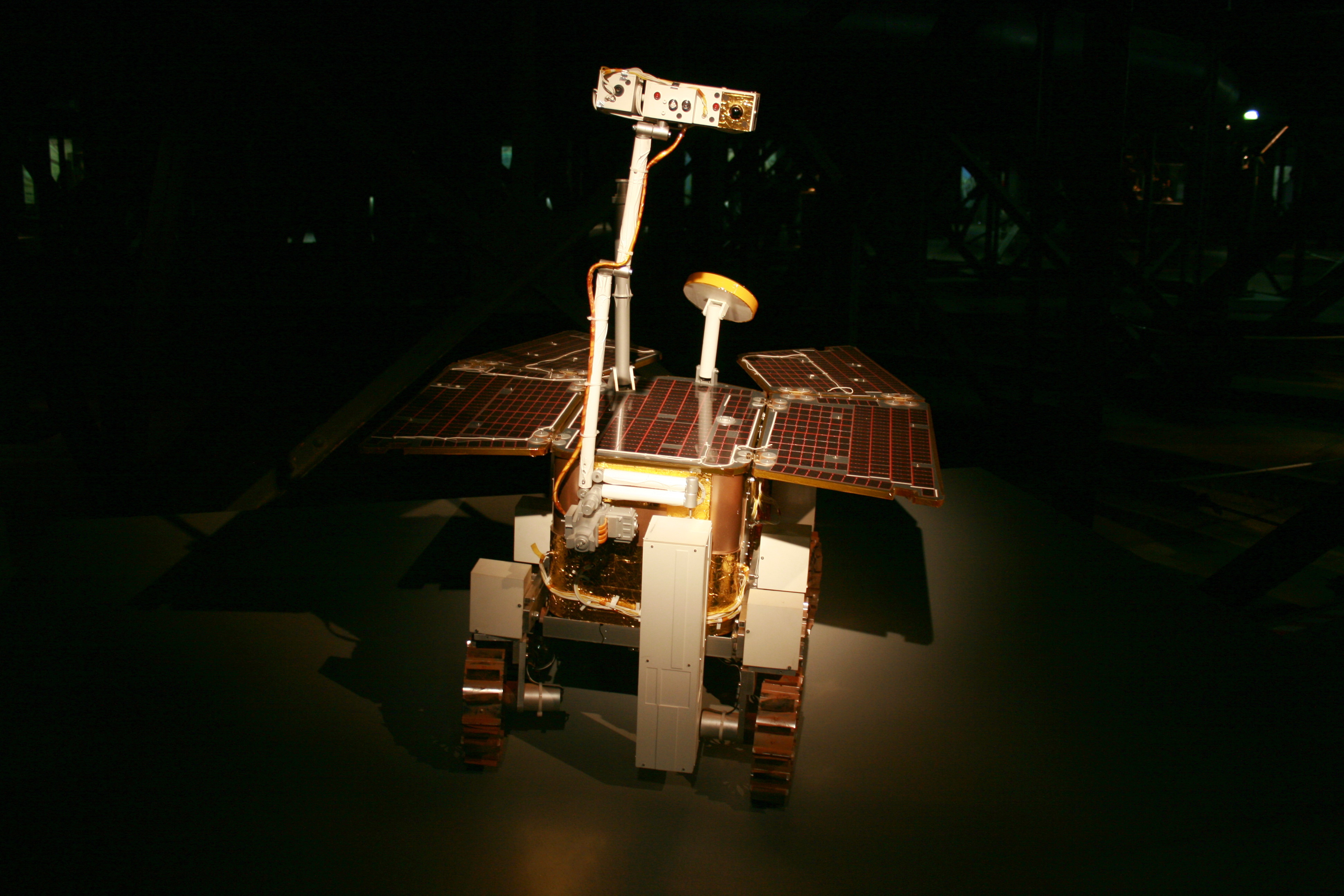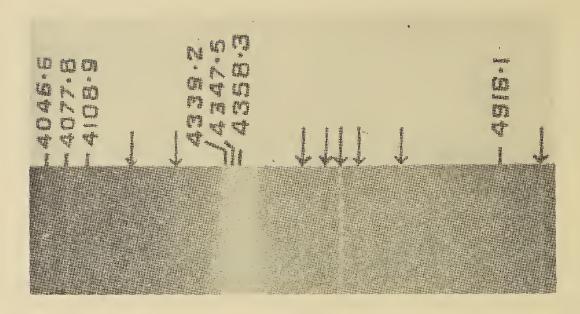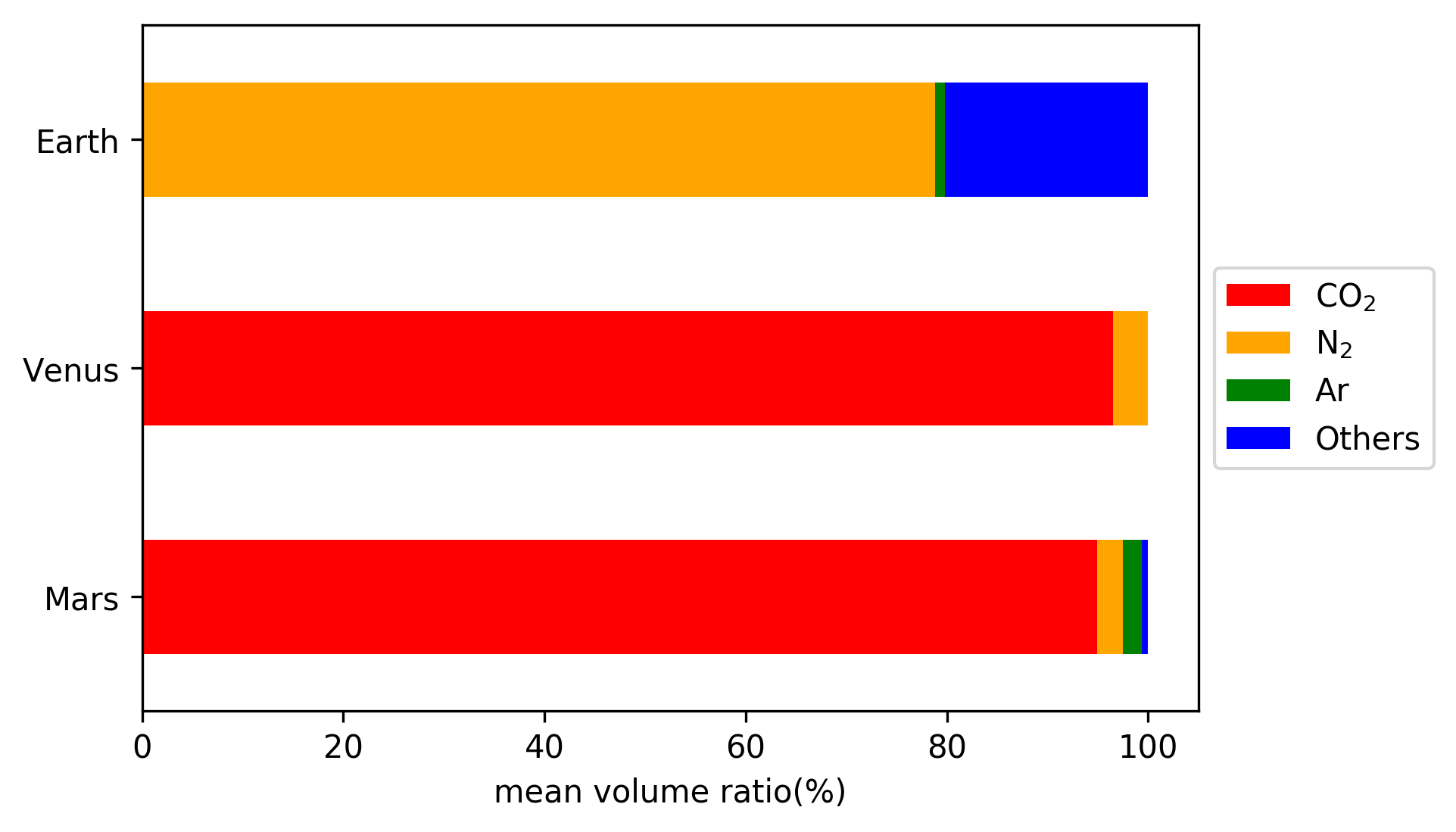|
MAX-C
The Mars Astrobiology Explorer-Cacher (MAX-C), also known as Mars 2018 mission was a NASA concept for a Mars Rover (space exploration), rover mission, proposed to be launched in 2018 together with the European ExoMars rover.Mars Astrobiology Explorer-Cacher (MAX-C): A Potential Rover Mission for 2018 (September 15, 2009) The MAX-C rover concept was cancelled in April 2011 due to budget cuts. The rover would have been Photovoltaic module, solar powered, with a maximum mass of 300 kg and based largely on the Curiosity (rover), ''Curiosity'' rover components, but would have entailed a system tailored to the specific payload. The MAX-C rover would have performed an ''in-situ'' astrobiology, astrobiological exploration, evaluate the habitability of planets, habita ... [...More Info...] [...Related Items...] OR: [Wikipedia] [Google] [Baidu] |
ExoMars
ExoMars (Exobiology on Mars) is an astrobiology programme of the European Space Agency (ESA). The goals of ExoMars are to search for signs of past life on Mars, investigate how the Martian water and geochemical environment varies, investigate atmospheric trace gases and their sources and by doing so demonstrate the technologies for a future Mars sample-return mission. The first part of the programme is a mission launched in 2016 that placed the Trace Gas Orbiter into Mars orbit and released the ''Schiaparelli'' EDM lander. The orbiter is operational but the lander crashed on the planet's surface. The second part of the programme was planned to launch in July 2020, when the '' Kazachok'' lander would have delivered the ''Rosalind Franklin'' rover on the surface, supporting a science mission that was expected to last into 2022 or beyond. On 12 March 2020, it was announced that the second mission was being delayed to 2022 as a result of problems with the parachutes, which cou ... [...More Info...] [...Related Items...] OR: [Wikipedia] [Google] [Baidu] |
Mars Exploration Rover
NASA's Mars Exploration Rover (MER) mission was a robotic space mission involving two Mars rovers, '' Spirit'' and '' Opportunity'', exploring the planet Mars. It began in 2003 with the launch of the two rovers to explore the Martian surface and geology; both landed on Mars at separate locations in January 2004. Both rovers far outlived their planned missions of 90 Martian solar days: MER-A ''Spirit'' was active until March 22, 2010, while MER-B ''Opportunity'' was active until June 10, 2018. Objectives The mission's scientific objective was to search for and characterize a wide range of rocks and soils that hold clues to past water activity on Mars. The mission is part of NASA's Mars Exploration Program, which includes three previous successful landers: the two Viking program landers in 1976 and Mars Pathfinder probe in 1997. The total cost of building, launching, landing and operating the rovers on the surface for the initial 90-sol primary mission was US$820 mill ... [...More Info...] [...Related Items...] OR: [Wikipedia] [Google] [Baidu] |
Raman Spectroscopy
Raman spectroscopy () (named after Indian physicist C. V. Raman) is a spectroscopic technique typically used to determine vibrational modes of molecules, although rotational and other low-frequency modes of systems may also be observed. Raman spectroscopy is commonly used in chemistry to provide a structural fingerprint by which molecules can be identified. Raman spectroscopy relies upon inelastic scattering of photons, known as Raman scattering. A source of monochromatic light, usually from a laser in the visible, near infrared, or near ultraviolet range is used, although X-rays can also be used. The laser light interacts with molecular vibrations, phonons or other excitations in the system, resulting in the energy of the laser photons being shifted up or down. The shift in energy gives information about the vibrational modes in the system. Infrared spectroscopy typically yields similar yet complementary information. Typically, a sample is illuminated with a laser beam ... [...More Info...] [...Related Items...] OR: [Wikipedia] [Google] [Baidu] |
Microscope
A microscope () is a laboratory instrument used to examine objects that are too small to be seen by the naked eye. Microscopy is the science of investigating small objects and structures using a microscope. Microscopic means being invisible to the eye unless aided by a microscope. There are many types of microscopes, and they may be grouped in different ways. One way is to describe the method an instrument uses to interact with a sample and produce images, either by sending a beam of light or electrons through a sample in its optical path, by detecting photon emissions from a sample, or by scanning across and a short distance from the surface of a sample using a probe. The most common microscope (and the first to be invented) is the optical microscope, which uses lenses to refract visible light that passed through a thinly sectioned sample to produce an observable image. Other major types of microscopes are the fluorescence microscope, electron microscope (both the t ... [...More Info...] [...Related Items...] OR: [Wikipedia] [Google] [Baidu] |
Infrared Spectroscopy
Infrared spectroscopy (IR spectroscopy or vibrational spectroscopy) is the measurement of the interaction of infrared radiation with matter by absorption, emission, or reflection. It is used to study and identify chemical substances or functional groups in solid, liquid, or gaseous forms. It can be used to characterize new materials or identify and verify known and unknown samples. The method or technique of infrared spectroscopy is conducted with an instrument called an infrared spectrometer (or spectrophotometer) which produces an infrared spectrum. An IR spectrum can be visualized in a graph of infrared light absorbance (or transmittance) on the vertical axis vs. frequency, wavenumber or wavelength on the horizontal axis. Typical units of wavenumber used in IR spectra are reciprocal centimeters, with the symbol cm−1. Units of IR wavelength are commonly given in micrometers (formerly called "microns"), symbol μm, which are related to the wavenumber in a reciprocal way. A ... [...More Info...] [...Related Items...] OR: [Wikipedia] [Google] [Baidu] |
Perchlorate
A perchlorate is a chemical compound containing the perchlorate ion, . The majority of perchlorates are commercially produced salts. They are mainly used as oxidizers for pyrotechnic devices and to control static electricity in food packaging. Perchlorate contamination in food, water, and other parts of the environment has been studied in the U.S. because of harmful effects on human health. Perchlorate ions are somewhat toxic to the thyroid gland. Most perchlorates are colorless solids that are soluble in water. Four perchlorates are of primary commercial interest: ammonium perchlorate , perchloric acid , potassium perchlorate and sodium perchlorate . Perchlorate is the anion resulting from the dissociation of perchloric acid and its salts upon their dissolution in water. Many perchlorate salts are soluble in non-aqueous solutions. Production Perchlorate salts are produced industrially by the oxidation of aqueous solutions of sodium chlorate by electrolysis. This method i ... [...More Info...] [...Related Items...] OR: [Wikipedia] [Google] [Baidu] |
Core Sample
A core sample is a cylindrical section of (usually) a naturally-occurring substance. Most core samples are obtained by drilling with special drills into the substance, such as sediment or rock, with a hollow steel tube, called a core drill. The hole made for the core sample is called the "core hole". A variety of core samplers exist to sample different media under different conditions. More continue to be invented on a regular basis. In the coring process, the sample is pushed more or less intact into the tube. Removed from the tube in the laboratory, it is inspected and analyzed by different techniques and equipment depending on the type of data desired. Core samples can be taken to test the properties of manmade materials, such as concrete, ceramics, some metals and alloys, especially the softer ones. Core samples can also be taken of living things, including human beings, especially of a person's bones for microscopic examination to help diagnose diseases. Methods The co ... [...More Info...] [...Related Items...] OR: [Wikipedia] [Google] [Baidu] |
Core Drill
A modern core drill is a drill A drill is a tool used for making round holes or driving fasteners. It is fitted with a bit, either a drill or driverchuck. Hand-operated types are dramatically decreasing in popularity and cordless battery-powered ones proliferating due to ... specifically designed to remove a cylinder of material, much like a hole saw. The material left inside the drill bit is referred to as the ''core''. Core drills used in metal are called annular cutters. Core drills used for concrete and hard rock generally use industrial diamond grit as the abrasive material and may be electrical, pneumatic or hydraulic powered. Core drills are commonly water cooled, and the water also carries away the fine waste as a slurry. For drilling masonry, carbide core drills can be used, but diamond is more successful when cutting through rebar. The earliest core drills were those used by the ancient Egyptians, invented in 3000 BC. Core drills are used for many appli ... [...More Info...] [...Related Items...] OR: [Wikipedia] [Google] [Baidu] |
Radiometric Dating
Radiometric dating, radioactive dating or radioisotope dating is a technique which is used to date materials such as rocks or carbon, in which trace radioactive impurities were selectively incorporated when they were formed. The method compares the abundance of a naturally occurring radioactive isotope within the material to the abundance of its decay products, which form at a known constant rate of decay. The use of radiometric dating was first published in 1907 by Bertram Boltwood and is now the principal source of information about the absolute age of rocks and other geological features, including the age of fossilized life forms or the age of Earth itself, and can also be used to date a wide range of natural and man-made materials. Together with stratigraphic principles, radiometric dating methods are used in geochronology to establish the geologic time scale. Among the best-known techniques are radiocarbon dating, potassium–argon dating and uranium–lead dating. ... [...More Info...] [...Related Items...] OR: [Wikipedia] [Google] [Baidu] |
Atmosphere Of Mars
The atmosphere of Mars is the layer of gases surrounding Mars. It is primarily composed of carbon dioxide (95%), molecular nitrogen (2.8%), and argon (2%). It also contains trace levels of water vapor, oxygen, carbon monoxide, hydrogen, and noble gases. The atmosphere of Mars is much thinner than Earth's. The average surface pressure is only about which is less than 1% of the Earth's value. The currently thin Martian atmosphere prohibits the existence of liquid water on the surface of Mars, but many studies suggest that the Martian atmosphere was much thicker in the past. The higher density during spring and fall is reduced by 25% during the winter when carbon dioxide partly freezes at the pole caps. The highest atmospheric density on Mars is equal to the density found above the Earth's surface and is ≈0.020 kg/m3. The atmosphere of Mars has been losing mass to space since the planet's core slowed down, and the leakage of gases still continues today. The atmosphere o ... [...More Info...] [...Related Items...] OR: [Wikipedia] [Google] [Baidu] |
Astrobiology
Astrobiology, and the related field of exobiology, is an interdisciplinary scientific field that studies the origins, early evolution, distribution, and future of life in the universe. Astrobiology is the multidisciplinary field that investigates the deterministic conditions and contingent events with which life arises, distributes, and evolves in the universe. Astrobiology makes use of molecular biology, biophysics, biochemistry, chemistry, astronomy, physical cosmology, exoplanetology, geology, paleontology, and ichnology to investigate the possibility of life on other worlds and help recognize biospheres that might be different from that on Earth. The origin and early evolution of life is an inseparable part of the discipline of astrobiology. Astrobiology concerns itself with interpretation of existing scientific data, and although speculation is entertained to give context, astrobiology concerns itself primarily with hypotheses that fit firmly into existing scienti ... [...More Info...] [...Related Items...] OR: [Wikipedia] [Google] [Baidu] |








